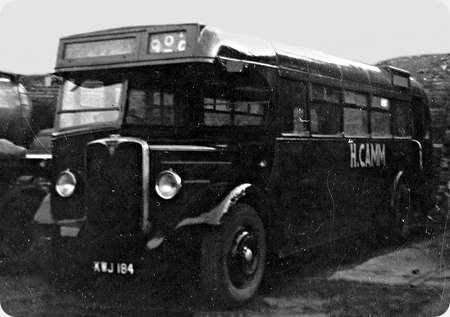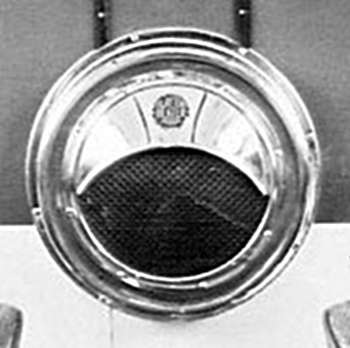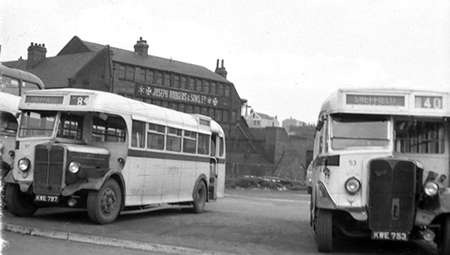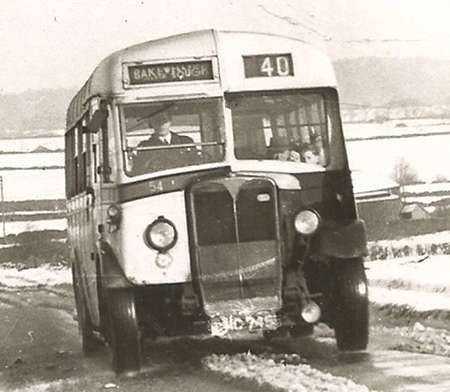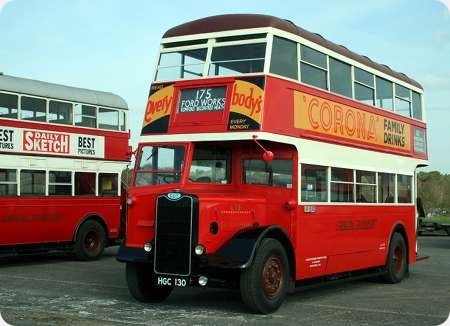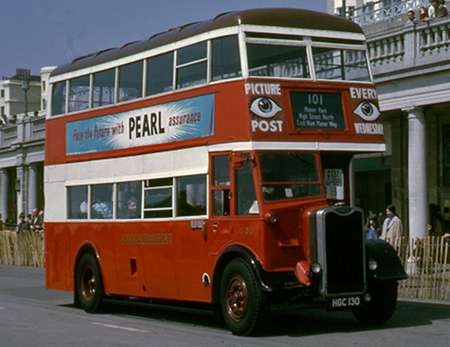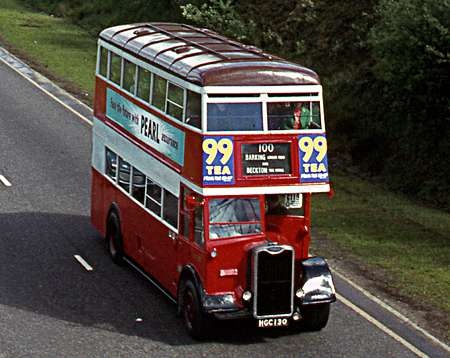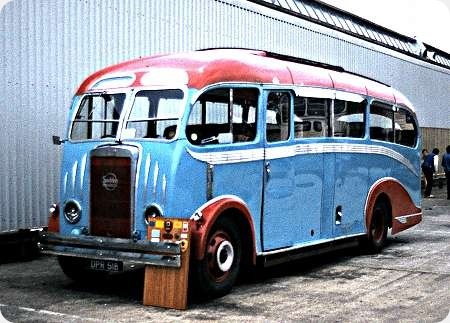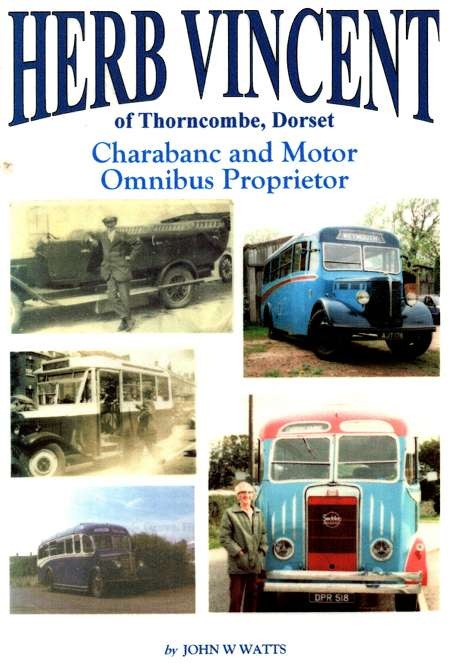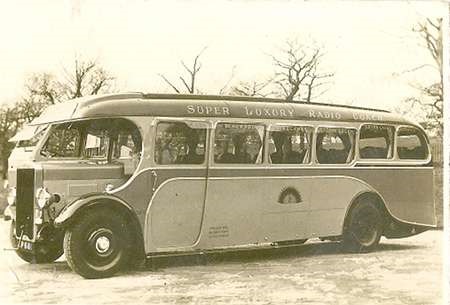Sheffield Corporation – AEC Regal I – KWJ 184 – 1184
Sheffield Corporation
1948
AEC Regal I
Weymann B34R
A few early post war Sheffield single deckers found their way to Contractors on withdrawal and this example is with H Camm. It is seen on the car park near Pond Street Bus Station in 1963. The bus would have been a regular performer on Peak District services during its Sheffield career, particularly on the 37 to Bakewell and the 84 to Buxton as it was a C fleet bus.
Photograph and Copy contributed by Ian Wild
09/03/16 – 15:23
I’m surprised not to have seen a comment yet on this fine vehicle, so here goes! This AEC demonstrates that the designers of a really good-looking vehicle put function in very first place, but also let a good eye dictate the details, all of which they’ve achieved to perfection. Interesting that this posting comes so soon after Roger Cox’s unearthing of that poor Austin K3 with its April Fool Nightmare "coachwork"—which I hope one day turns out not to be by Bush and Twiddy. I’ve always found buses far more interesting than coaches simply because there’s so much less scope for "stylists" to let their imagination run riot on a vehicle that has to meet as many demanding criteria as a service bus must.
Ian Thompson
15/03/16 – 06:22
Yes Ian and Ian, splendid buses that stir childhood memories for me on the Bakewell 40 via Calver Sough and 84 Buxton. Living at Ecclesall, as a small child I was occasionally treated to a trip to Bakewell with my mother and of course the favoured seat would be at the front behind the engine and the heater.
As far as I can remember, this batch buses had the whopping Clayton Heaters affixed to the bulkhead but I may be wrong as I don’t remember any other post-war buses carrying these heaters.
John Darwent
17/03/16 – 05:08
I think most if not all early post war single deckers for Sheffield JOC (B&C fleets) had the Clayton bulkhead heater fitted. I too travelled on these to Buxton and Bakewell and on similar PS1/PS2 on the Manchester services. Do you remember this type of bus being fitted with rear wheel chains to cope with snowy weather? They made one hell of a noise on Ecclesall Road.
Ian Wild
26/03/16 – 05:05
As a teenager in the mid 60’s I made the trip from Denton (east of Manchester) to Sheffield on the 39. A leisurely ride including a break at the Snake Inn. I was always fascinated by the blind which showed "Sheffield via Ashopton" but I could never work out where was Ashopton. It was only some time later that I discovered that Ashopton together with Derwent were drowned villages and lay at the bottom of the Ladybower reservoirs but nobody had bothered to update the destination blinds. I note Ian Wild’s comment that PS1/PS2 were used on the Manchester services: I am sure that the bus I rode on that day was an AEC because the radiator caught my attention. There were no AECs in the part of Manchester where I lived at that time. Could it have been a one-off allocation I wonder?
David Revis
27/03/16 – 16:35
David, I suspect that your memory serves you well. In some personal memories of Dennis E Vickers, a former Sheffield bus operator and enthusiast, he well remembers one of his first journeys over The Snake (Route 39) on an ageing Sheffield 1947 AEC Regal 1, sitting behind the large circular heater on the front bulkhead of the rear entrance half-cab saloon as it whined and rattled over the moors.
John Darwent
29/03/16 – 07:01
Hello John, thank you for your confirmation that AEC’s did work the 39. The photo at the head of this thread is definitely the type I rode in. It would be good if someone could provide a photo of this type in Sheffield colours…..please.
I did make an error in my original post: it was the mid 50’s and not the mid 60’s when I made that trip. Sheffield still had trams running then Are the personal memories by Dennis Vickers in book form or can they be accessed on the internet?
David Revis
02/04/16 – 07:05
Here’s a picture of a couple of Sheffield’s Regals David. As far as the memories are concerned, they are neither in book form nor on the net unfortunately. They were a short article in an amateur periodical of a local enthusiasts society many years ago. If you will let me have an email address, I will happily send you a scan of the rather faded ‘remains’ of the article.
John Darwent
03/04/16 – 07:32
A very interesting Sheffield 54 ex demo AEC.
Ken Wragg
04/04/16 – 06:39
John, Many thanks for digging out the photo: it is much appreciated. It also confirms my boyhood opinion that even in 1957 (I think) they looked so old fashioned.
Ken, an interesting photo indeed. It looks as if it’s a half-canopy front; would that have been unique to Sheffield I wonder?
David Revis
05/04/16 – 06:45
I have no idea whether this bus is a half canopy or not it is a photo from my great uncle Frank Brindley a freelance press photographer who took a lot of bad weather photos all I know is this bus was a AEC demo bus.
Ken Wragg
08/04/16 – 06:21
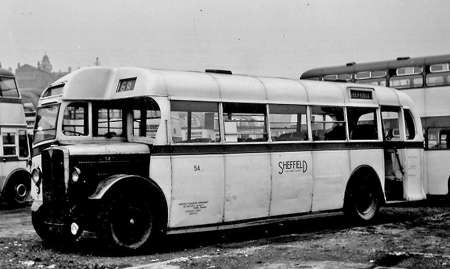
Photo Courtesy of the Tom Robinson Collection
Quite right David, Sheffield’s Weymann/Regal 1 No. 54 was indeed a half-canopy front and as such was unique in the Sheffield fleet. The late Charles Hall FCIT in his Sheffield Transport ‘bible’ stated that this was a demonstrator ‘on loan’ from January 1940 until brought into the fleet in December of that year as number 54. It was believed to have been at the last Pre-War Commercial Motor Show. 54 was apparently a well-liked and reliable vehicle, lasting until 1955 in service before being converted into a canteen bus with withdrawal coming in January 1961.
John Darwent
08/04/16 – 16:54
I bet they were glad to grab it while they could.
Chris Hebbron
Quick links to the - Comments Page - Contact Page - Home Page
